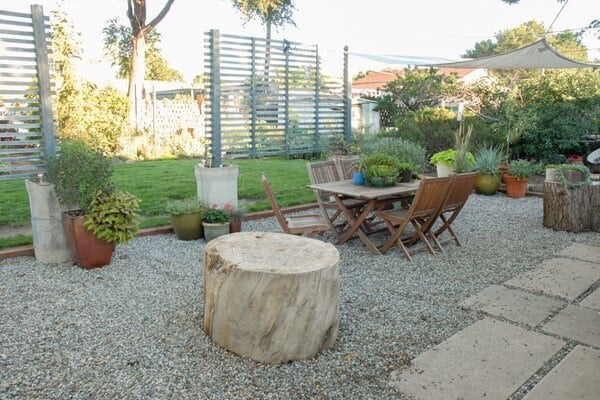Kitchen Sage
Kitchen sage is often used in cooking, also known as garden sage or culinary sage. It grows as an attractive shrub-like plant with woody stems. The wide, gray-green leaves are coarse-textured and very fragrant when rubbed, which allows it to be browsed by deer less often.
In mid-summer, clusters of purple-colored flowers bloom along an upright stalk. Sage is a drought and heat tolerant plant. Not only is it a beautiful ornamental, but adds an edible element to the landscape, too.
.jpg)
.jpg)
.jpg)
.jpg)
.jpg)
Kitchen Sage
Kitchen sage is often used in cooking, also known as garden sage or culinary sage. It grows as an attractive shrub-like plant with woody stems. The wide, gray-green leaves are coarse-textured and very fragrant when rubbed, which allows it to be browsed by deer less often.
In mid-summer, clusters of purple-colored flowers bloom along an upright stalk. Sage is a drought and heat tolerant plant. Not only is it a beautiful ornamental, but adds an edible element to the landscape, too.
Plant details
Botanic Name
Salvia officinalis
Pronunciation
SAL-vee-uh oh-fiss-ih-NAH-liss
Mature Height
18 to 24 in.
Mature Spread
18 to 24 in.
Water usage
One Droplet: Water twice per month or less, once established.
Two Droplets: Water about once per week, once established.
Three Droplets: Water about twice per week, once established.
Flower Color
purple
Bloom time
June through July
Colorado Native
No
Natural Habitat
Mediterranean and northern Africa
Light Requirements
sun
Cold Hardiness
USDA zones 4-8
Elevation Limit
hardy to 6,000 ft.
Performance
At the Water Wise Demonstration Garden, kitchen sage is an attractive ornamental plant. The spikes of purple flowers are very pretty when in flower. It is a good choice for a hot, dry area. In addition, it's a good plant for adding edible plants to the landscape.
Maintenance
Removing the spent flower stalks keeps the plant attractive and reduces the amount of seedlings. Remove any winter-killed stems in the spring.
See in a landscape
Before this backyard was renovated, the grass was out of control! It was fence-to-fence and took a lot of time and money to hand water. Three quarters of the grass was removed and a large patio and planting beds took it's place. The patio is gravel and recycled concrete from a pathway that was in the yard to keep the outdoor living area renovation affordable. The planting beds are large enough to accommodate trees, shrubs, perennials and raised vegetable beds which are watered by drip irrigation. The new, smaller lawn area was updated with an efficient irrigation system using rebated heads and nozzles.

.jpeg)
.jpeg)
.jpeg)
.jpeg)
.jpeg)
.jpeg)
.jpeg)
.jpeg)
.jpeg)
.jpeg)